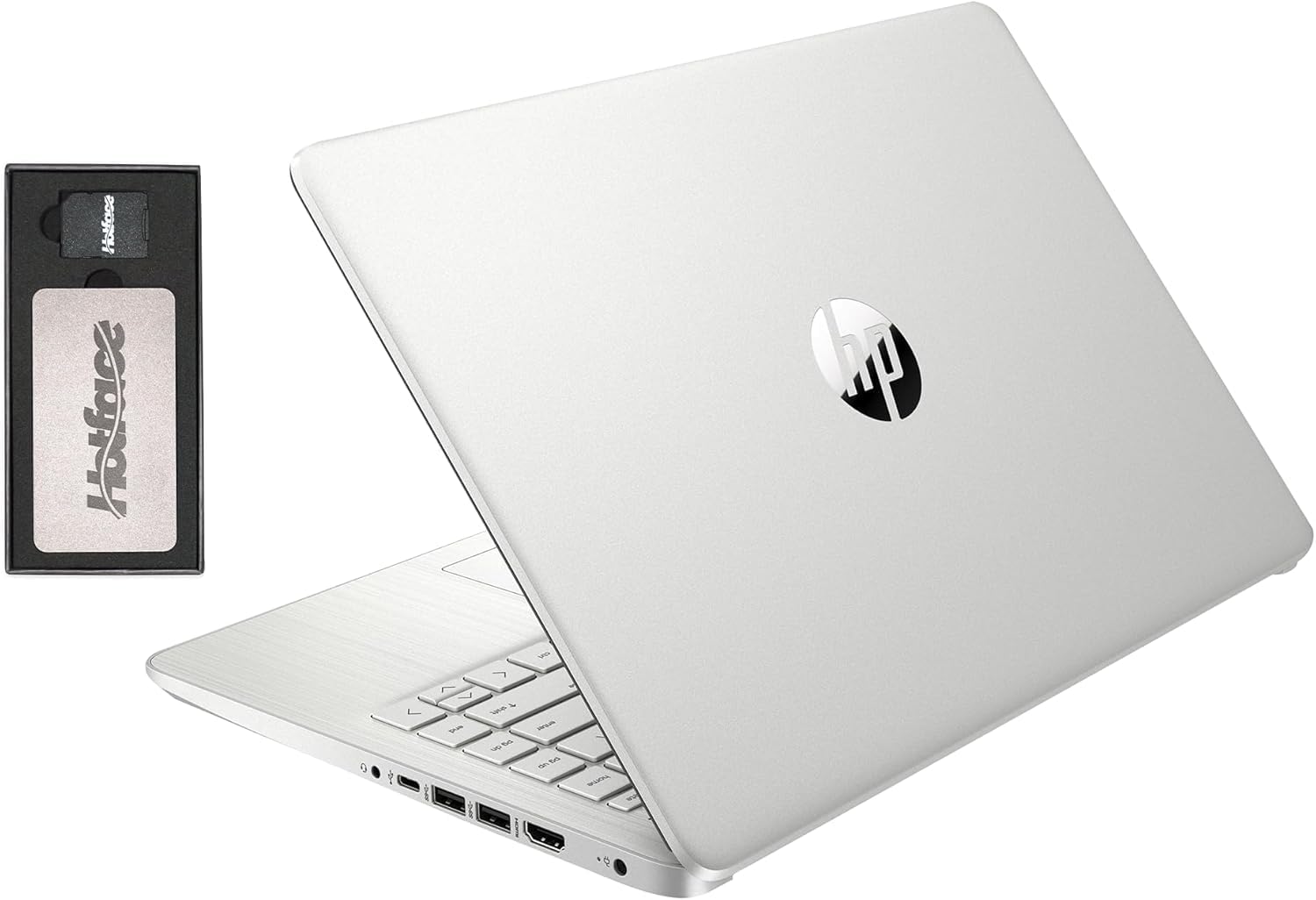
macOS and the Craft of Working Smarter
Productivity usually begins with the wrong question. Most people ask what tool they should use, not how their environment influences their output. A cluttered digital workspace can slow you down as much as a messy desk. macOS thrives because it does not scream about productivity; it whispers it. From the very first login, the operating system is designed to reduce friction and let you focus on the task at hand.
The first stop on this journey is Spotlight. For many, it looks like a glorified search bar. But in practice, it is the neural shortcut that bypasses wasted seconds and broken concentration. With a single keystroke, you can open applications, summon documents, calculate math, or even fetch live web results. Each action may save only a moment, but compounded over months, those saved moments become entire days. The brilliance of Spotlight is that it reprograms how you think about searching: you stop hunting, and you start invoking.
Finder is often misunderstood as a mere file browser, but that is like calling a Swiss Army knife just a blade. It is an ecosystem in itself. Tags allow you to organise across projects without succumbing to the tyranny of rigid folder structures. Smart Folders act like living collections, always updating themselves as conditions change. Quick Look removes the endless cycle of double‑clicking by letting you peek into files instantly. Productivity here is not about speed alone but about mental clarity. You spend less time wondering where things live and more time using them.
Once you start juggling multiple projects, Mission Control becomes indispensable. With one gesture, your open windows spread before you like a map of your digital brain. Suddenly, the chaos of overlapping documents and browser tabs becomes an ordered grid. By layering in multiple Desktops, you carve your workflow into zones. One space can hold your research, another your writing, another your communication tools. Instead of stumbling between them, you glide with purpose. It is not multitasking—it is context management made visible.
Keyboard shortcuts are where macOS begins to vanish into muscle memory. At first, they feel like clever tricks. Soon, they become the language through which you speak to the machine. Command‑Tab, Control‑Command‑Q, Command‑Shift‑4—each saves seconds but, more importantly, keeps you in flow. You no longer think about the mechanics of your computer; you think through it. The line between idea and execution shrinks until it is almost invisible.
The leap from competent to expert often comes with automation, and Shortcuts is Apple’s bridge. Once dismissed as a toy from iOS, it has matured into a powerhouse. You can silence notifications, launch a curated set of apps, and clean up your downloads—all with one keystroke. Better yet, you can chain tasks across applications, turning your Mac into a personal assistant that anticipates your next move. Shortcuts are not about building complex robots. It is about freeing your brain from repetitive tasks so that it can focus on original thought.
Of course, even the most efficient setup collapses under distraction. This is where Focus modes step in as your bodyguard. In an era of endless notifications, the ability to filter them with precision is priceless. You can sculpt silences for writing, guardrails for meetings, or open windows for personal time. Unlike crude do‑not‑disturb toggles, Focus gives you nuance. You are not shutting out the world; you are training it to knock politely.
Where macOS truly shines is in continuity across devices. Handoff lets you move from iPhone to Mac mid‑sentence. Universal Clipboard makes copy‑paste feel like telepathy. Continuity Camera converts your phone into a scanner that feeds directly into your workflow. Sidecar turns your iPad into an instant second display. Each of these features saves only seconds in isolation, but together they dissolve device boundaries. Your digital world becomes one continuous canvas.
And now comes the new frontier: generative engine optimisation. Unlike traditional search engine optimisation, which tailors content for machines, generative engine optimisation tailors workflows for human‑AI collaboration. On macOS, this means embedding generative tools seamlessly into your daily routines. Imagine Spotlight not just retrieving a file, but drafting a summary of its contents. Picture Shortcuts not just automating actions, but also auto‑generating reports from your raw data. Generative engine optimisation transforms your Mac from a reactive tool into a proactive partner. The key is to design workflows where AI augmentation feels invisible, where the output appears precisely when and where you need it, without forcing you into new habits.
The power of macOS productivity lies not in a single feature but in how the pieces align. Spotlight accelerates recall. Finder clarifies chaos. Mission Control organises thought. Shortcuts erase repetition. Focus guards attention. Continuity dissolves boundaries. And generative engine optimisation weaves intelligence into all of it. Together, they form an environment where the operating system disappears and your work becomes the centrepiece. The Mac is not just your computer. It is the invisible partner in your pursuit of meaningful output.
In the end, productivity on macOS is not about speed for its own sake. It is about calm efficiency, the sense that your digital tools are amplifying rather than draining you. When friction falls away, focus emerges. And when focus emerges, flow becomes inevitable. That is the quiet genius of Apple’s operating system: it makes productivity feel like breathing.


